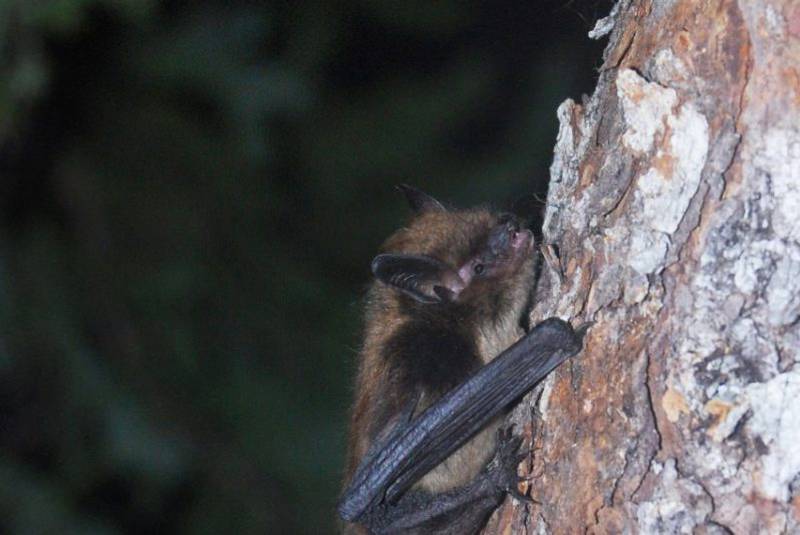For many, bats rank right up there with snakes and mice as one of the most terrifying creatures you could have the misfortune of running into. While you don’t want them in your home, bats are crucial to ecosystem health in many environments. They’re also fascinating animals.
Ontario is home to eight bat species. The big brown bat is the most common and is also one of the two you are most likely to find in your house. If you discover these guys hanging around, contact experts for humane wildlife control in Richmond Hill. All bats are protected in Canada, so you can’t harm or kill them. Understanding these critters better may alleviate some of the fear surrounding them.
What Do Big Brown Bats Look Like?
Bats are the only mammals that can fly, and the big brown bat’s 33cm–40cm wingspan is impressive among bats. They weigh around 14–21 grams on average and have long, light to dark brown fur over most of their bodies that is also slightly oily. The ears, muzzle and membranes of the wings are black. The membrane and tail have no fur on them. They have short, wide ears and a broad snout.
How Long Do They Live?
Though this bat species can live to be 10 years old, maybe even more, it’s likely rare that they do.
The Mating Game
The mating season is in the fall, but females conserve the sperm and don’t become pregnant until the spring. Mothers give birth to their pups in May and June and nurse them for the first four to six weeks of their lives. Females have one or two pups per year, though twins are less common than single births. The little ones start flying between three and six weeks old, learning the foraging ropes from their mother for two weeks before fending for themselves.
Where Do Big Brown Bats Live?
Big brown bats live throughout the U.S. and along the southern border of Canada, and its range in British Columbia extends further north. Big brown bats can also be found throughout Mexico. They live in forests, deserts and timberline meadows. These bats also like agricultural areas and have adapted to living in artificial structures, including home attics and walls.
What Do They Eat?
Like other North American bats, big brown bats are insectivores. They feast on critters most of us consider pests. They are nocturnal, so their diet consists of insects that fly at night. A pregnant or nursing female can eat her weight in insects nightly.
What Big Brown Bats Do for Ecosystems
The big brown bat’s insect diet makes them key in helping keep insect populations in check, which is good for many plants and animals. It’s also beneficial for humans. They consume copious quantities of beetles that like to feast on crops and trees. A single colony with 150 big brown bats can eat enough cucumber beetles every summer to prevent the birth of 33 million larvae that would have chomped their way through corn crops.
What Laws Protect Them?
The big brown bat is crucial in maintaining healthy ecosystems, but the species is threatened by habitat loss and white-nose syndrome, a deadly fungus infecting cave-dwelling species. In Canada, the big brown bat is protected under the Fish and Wildlife Conservation Act, which makes it illegal to capture, harm or kill any, even if you find them in your home. In Ontario, provincial and municipality regulations provide guidelines for humane bat removal.
Help With Humane Wildlife Control in Richmond Hill
If you discover big brown bats in your home, Skedaddle Wildlife Control is here to help you with humane bat removal. We follow legal guidelines in our approach, ensuring the safety of the bats, you and our technicians. Get in touch with us today if you have any questions or to schedule services.



